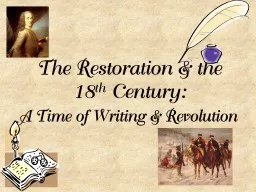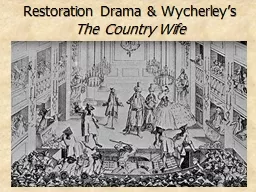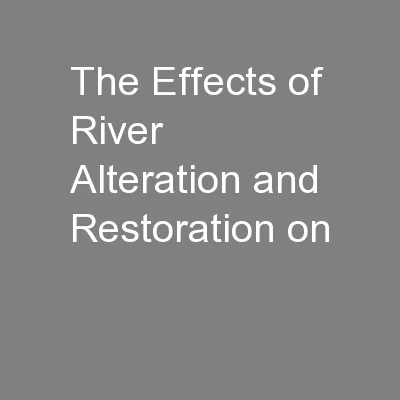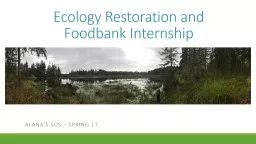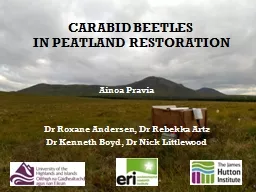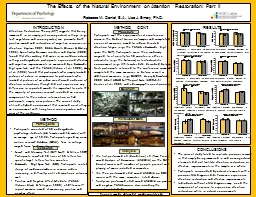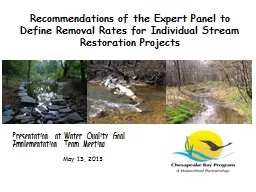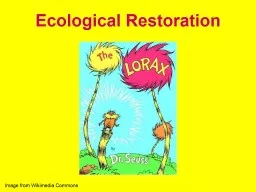PPT-The Restoration & the
Author : sherrill-nordquist | Published Date : 2017-08-25
18 th Century A Time of Writing amp Revolution Introduction 16001800 People from England poured into North America Sought freedom from religious persecution Sought
Presentation Embed Code
Download Presentation
Download Presentation The PPT/PDF document "The Restoration & the" is the property of its rightful owner. Permission is granted to download and print the materials on this website for personal, non-commercial use only, and to display it on your personal computer provided you do not modify the materials and that you retain all copyright notices contained in the materials. By downloading content from our website, you accept the terms of this agreement.
The Restoration & the: Transcript
Download Rules Of Document
"The Restoration & the"The content belongs to its owner. You may download and print it for personal use, without modification, and keep all copyright notices. By downloading, you agree to these terms.
Related Documents

